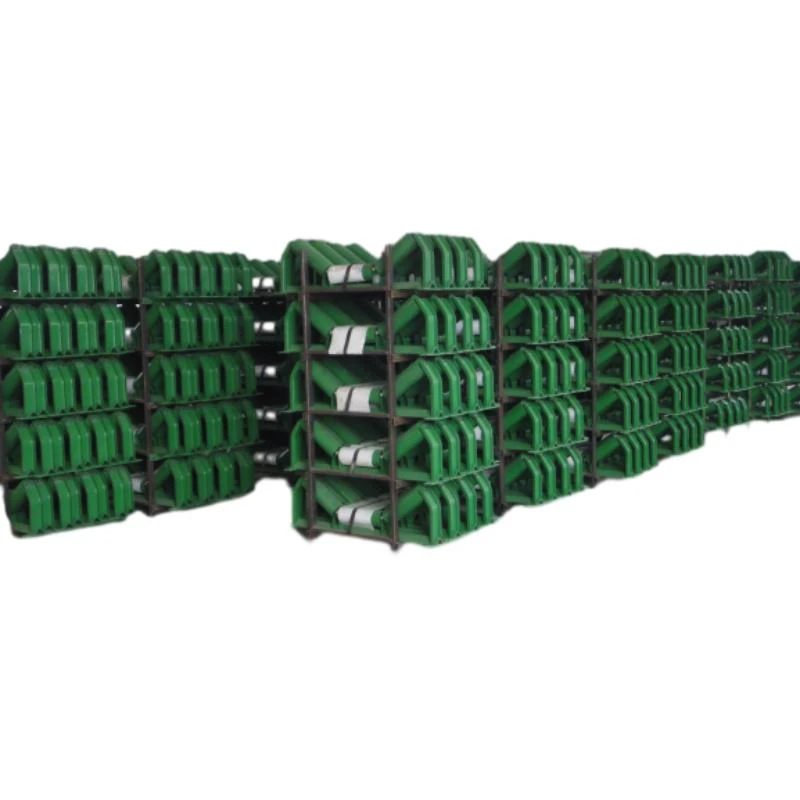 Afrikaans
Afrikaans  Albanian
Albanian  Amharic
Amharic  Arabic
Arabic  Armenian
Armenian  Azerbaijani
Azerbaijani  Basque
Basque  Belarusian
Belarusian  Bengali
Bengali  Bosnian
Bosnian  Bulgarian
Bulgarian  Catalan
Catalan  Cebuano
Cebuano  Corsican
Corsican  Croatian
Croatian  Czech
Czech  Danish
Danish  Dutch
Dutch  English
English  Esperanto
Esperanto  Estonian
Estonian  Finnish
Finnish  French
French  Frisian
Frisian  Galician
Galician  Georgian
Georgian  German
German  Greek
Greek  Gujarati
Gujarati  Haitian Creole
Haitian Creole  hausa
hausa  hawaiian
hawaiian  Hebrew
Hebrew  Hindi
Hindi  Miao
Miao  Hungarian
Hungarian  Icelandic
Icelandic  igbo
igbo  Indonesian
Indonesian  irish
irish  Italian
Italian  Japanese
Japanese  Javanese
Javanese  Kannada
Kannada  kazakh
kazakh  Khmer
Khmer  Rwandese
Rwandese  Korean
Korean  Kurdish
Kurdish  Kyrgyz
Kyrgyz  Lao
Lao  Latin
Latin  Latvian
Latvian  Lithuanian
Lithuanian  Luxembourgish
Luxembourgish  Macedonian
Macedonian  Malgashi
Malgashi  Malay
Malay  Malayalam
Malayalam  Maltese
Maltese  Maori
Maori  Marathi
Marathi  Mongolian
Mongolian  Myanmar
Myanmar  Nepali
Nepali  Norwegian
Norwegian  Norwegian
Norwegian  Occitan
Occitan  Pashto
Pashto  Persian
Persian  Polish
Polish  Portuguese
Portuguese  Punjabi
Punjabi  Romanian
Romanian  Russian
Russian  Samoan
Samoan  Scottish Gaelic
Scottish Gaelic  Serbian
Serbian  Sesotho
Sesotho  Shona
Shona  Sindhi
Sindhi  Sinhala
Sinhala  Slovak
Slovak  Slovenian
Slovenian  Somali
Somali  Spanish
Spanish  Sundanese
Sundanese  Swahili
Swahili  Swedish
Swedish  Tagalog
Tagalog  Tajik
Tajik  Tamil
Tamil  Tatar
Tatar  Telugu
Telugu  Thai
Thai  Turkish
Turkish  Turkmen
Turkmen  Ukrainian
Ukrainian  Urdu
Urdu  Uighur
Uighur  Uzbek
Uzbek  Vietnamese
Vietnamese  Welsh
Welsh  Bantu
Bantu  Yiddish
Yiddish  Yoruba
Yoruba  Zulu
Zulu Optimizing Idler Designs for Enhanced Conveyor Belt Performance and Efficiency
Understanding the Role of Idlers in Conveyor Belt Systems
In various industries, conveyor belt systems are crucial for the smooth transportation of materials. These systems enhance efficiency and productivity, but they also rely on several essential components to function effectively. One such component is the idler, a simple yet vital part of the conveyor structure. This article explores the role of idlers in conveyor belt systems, their types, benefits, and considerations for selecting the right idler for specific applications.
What are Idlers?
Idlers are cylindrical rollers that support the conveyor belt and influence its alignment and performance. Positioned at intervals along the conveyor’s length, idlers maintain belt tension and assist in the smooth transition of materials from one end to the other. They are primarily used to guide the belt on its path, reduce friction, and minimize belt wear.
Types of Idlers
Idlers come in various types, designed to cater to different operational needs. Here are some common types
1. Wing Idlers These idlers have angled wings that support the belt’s edges, helping to keep it centered and preventing it from drifting. They are particularly effective in handling materials that may cause the belt to shift off its intended path.
2. Trainers These idlers are designed to automatically adjust the belt’s alignment. As the belt moves, the trainer responds to shifts, ensuring that the belt remains centered. This dynamic adjustment minimizes the risk of belt wear and damage.
3. Impact Idlers Positioned at loading points, impact idlers are thicker and more robust to absorb the shock of heavy loads. They reduce the impact force transferred to the belt, minimizing wear and potential damage.
4. Return Idlers Located on the return leg of the conveyor, these idlers support the belt as it recycles back to the loading point. Their design typically focuses on providing stability and minimizing resistance.
Benefits of Using Idlers
Idlers contribute several advantages to conveyor belt systems
idler for conveyor belt

- Reduced Friction By providing a smooth surface for the belt to glide on, idlers minimize friction
. This results in less energy consumption and a longer lifespan for the belt.- Enhanced Stability Idlers help maintain the belt’s alignment and tension, which is essential for the efficient transport of materials. A well-aligned belt reduces the risk of jamming or material spillage.
- Shock Absorption Specialized idlers like impact idlers help absorb sudden shocks, protecting not only the belt but also the entire conveyor system from potential damage.
- Lower Maintenance Costs Properly functioning idlers can significantly reduce the wear and tear on belts and other components, leading to lower maintenance and replacement costs over time.
Considerations for Selecting Idlers
When choosing the appropriate idler for a specific conveyor system, several factors should be taken into account
1. Material Type The type of materials being transported (e.g., bulk, aggregates, package goods) can impact the choice of idler. For heavier loads, impact idlers are typically recommended.
2. Belt Width and Weight Idler width and design should complement the dimensions and load-bearing capacity of the conveyor belt.
3. Operating Environment Consider factors such as temperature, humidity, and exposure to corrosive materials. Certain materials and designs will perform better under specific conditions.
4. Maintenance Access Idlers should be easily accessible for maintenance and replacement. Easy access can lead to reduced downtime and improved operational efficiency.
Conclusion
Idlers play an indispensable role in the performance of conveyor belt systems. They ensure smooth operation, reduce wear and tear, and enhance overall efficiency. By understanding the different types of idlers and their functions, industries can better select and maintain these components, ultimately leading to more reliable and efficient material handling operations. Whether in manufacturing, mining, or logistics, the importance of idlers cannot be overstated; they are the unsung heroes of conveyor belt technology.
-
Revolutionizing Conveyor Reliability with Advanced Rubber Lagging PulleysNewsJul.22,2025
-
Powering Precision and Durability with Expert Manufacturers of Conveyor ComponentsNewsJul.22,2025
-
Optimizing Conveyor Systems with Advanced Conveyor AccessoriesNewsJul.22,2025
-
Maximize Conveyor Efficiency with Quality Conveyor Idler PulleysNewsJul.22,2025
-
Future-Proof Your Conveyor System with High-Performance Polyurethane RollerNewsJul.22,2025
-
Driving Efficiency Forward with Quality Idlers and RollersNewsJul.22,2025





























